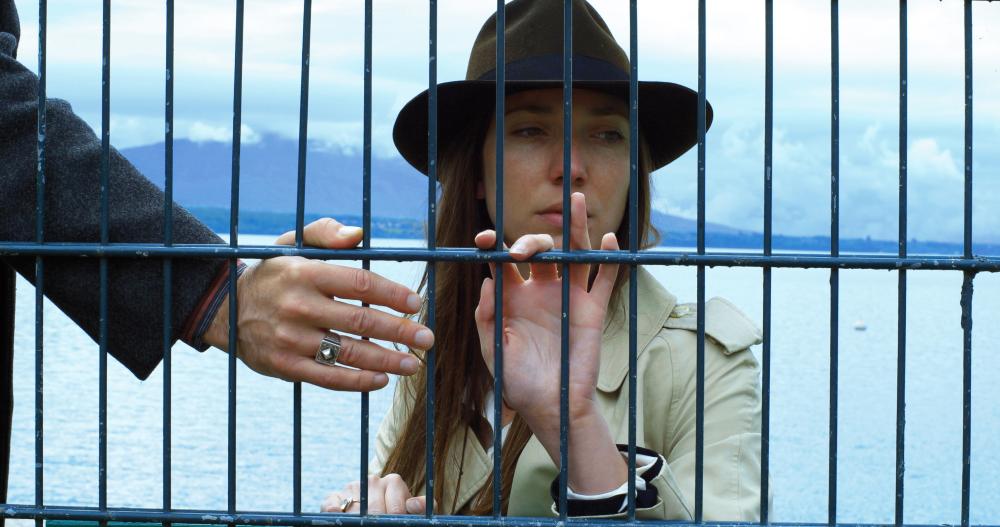
These are the most revolutionary films in cinema. Every one of these films has advanced the language of cinema in one way or another. This is most evident either through their undeniable influence, or through their style that has pushed the boundaries of cinema.
1. Yi Yi
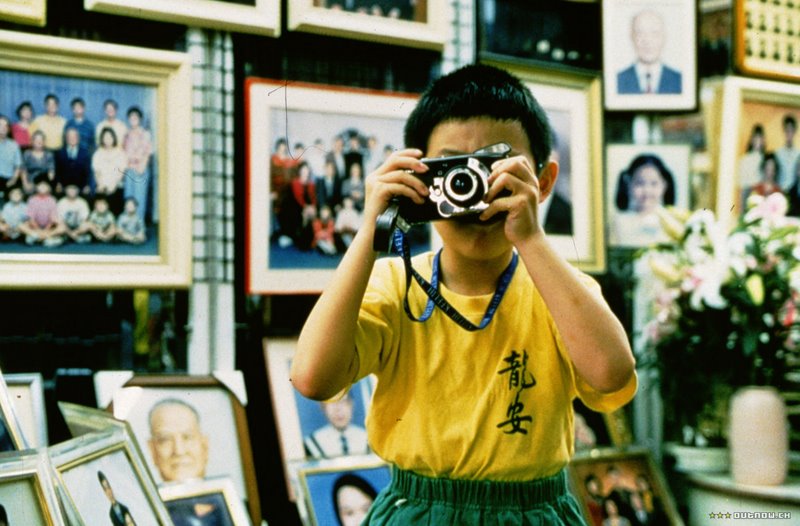
This is a film that is so revolutionary many people aren’t even aware of the subtle ways in which “Yi Yi” completely revolutionizes film grammar. Most reviews are concerned with the story because the radical film grammar Edward Yang creates throughout the film is seemingly invisible.
It is only through several scenes that cut between each other that its true brilliance emerges. “Yi Yi” is still a brilliant film on the surface, with scenes that seem to have been taken from real life and places in the film. However, the way these scenes connect is where the brilliance reveals itself.
“Yi Yi” tells the story of a family who lives in Taipei. However, the story that is really being told below the surface is an impressionistic story of someone’s life, which is actually the surface-level story that Yang originally intended to tell.
The characters throughout the film each represent a stage in life: Ah-Di’s son represents birth, Yang Yang represents childhood, Ting Ting represents adolescence, Ah-Di represents young adult, N.J. represents middle age, and the grandma represents death. All of these characters represent a stage in a person’s life, but they are also fully-formed characters that all express themselves very differently from one another.
The film is made up of a series of births and deaths that the characters experience, and the camera records them as they express themselves. Yang believes life is full of these births and deaths, and that the way in which we cope with them defines us. The best illustration of this is Ah-Di’s suicide attempt, which happens after the birth of his son, and the possible or rather certain death, at least in Ah-Di’s mind, of his relationship with his wife.
“Yi Yi” is essentially “The Godfather” melded with “The Godfather Part II,” which is an apt comparison due to both the epic scope of all three films, and the central theme around family and the identity one develops as a result of their family.
It not only pushes past the two films in storytelling, but the way “Yi Yi” re-conceptualizes mise-en-scene, by using windows to reflect parts of the city that integrate the city within the film, allows for the architecture of the city to seeming reflect the emotions of the characters.
This creates an emotional distance from the characters, which draws in the audience more since it demands attention, and expands the frame beyond just a single shot as the reflection creates two shots in one: the frame and the city beyond the frame. There hasn’t been a single film that has achieved half of those with mise-en-scene, so to call “Yi Yi” revolutionary is underplaying how monumental Edward Yang’s last film is.
2. 2001: A Space Odyssey
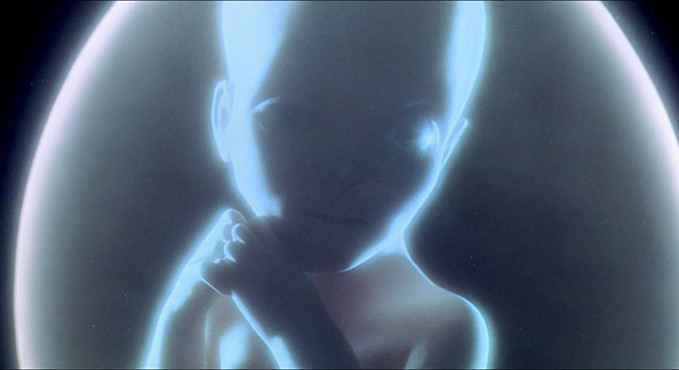
Stanley Kubrick’s “2001: A Space Odyssey” is arguably the most influential film of all time, while also being the closest any filmmaker has come to perfecting experiential filmmaking with narrative filmmaking.
The most defining scenes in “2001” are the bone to spaceship match cut, and the Jupiter scenes that effectively end the film, creating one of the greatest endings of all time. However, while analyzing these two scenes would be great, the more interesting scene to analyze and effectively show the brilliance of Kubrick’s mise-en-scene is the “spaceship ballet” that occurs right after the iconic match cut. Kubrick first shows the audience a singular spacecraft that looks more like a weapon than a carrier ship.
Then, another ship that appears to be a satellite, likely for communication. These two spacecrafts differ in their design as well as their distance from Earth, with the latter being further away. Next, Kubrick shows a docking ship that looks partially built. Then, he shows a spaceship that carries people to and from space with this ship moving toward the docking ship.
Kubrick manages to capture the evolution of spaceships in the film in the most subtle way possible, because while these ships all exist in space at the same time, it is the order in which Kubrick displays these ships that make it clear that this is the order in which these spaceships were developed.
This essentially creates the history of spaceship within a short amount of time, while dazzling the audience with the sheer beauty of the scene. This is all to say that Kubrick manages to impressionistically tell the history of spaceship through nothing by mise-en-scene, while also dazzling the audience creating what is possibly the most efficient mise-en-scene in the history of cinema.
3. Winchester ‘73
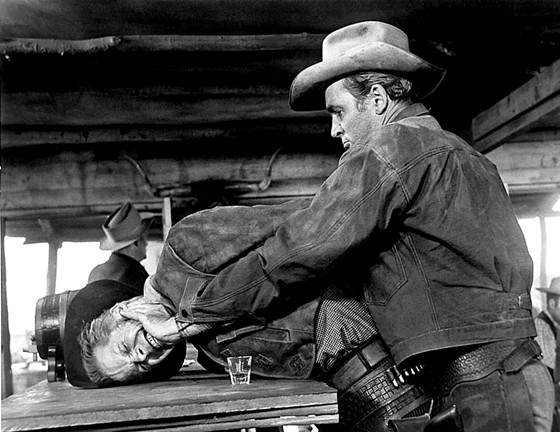
Anthony Mann is the greatest director that time seems to have forgotten. However, the one thing that he is remembered for is his westerns that he made with James Stewart. These westerns are arguably the best of the genre, and “Winchester ‘73” is the best example of the way Mann revolutionized film grammar.
The framing of “Winchester ‘73” almost reads like an attempt to one-up Orson Welles’ triangular blocking technique by employing a quadrilateral blocking technique throughout the film. Welles certainly may have invented great framing for his actors, but Mann perfected his framing and uses the mise-en-scene to show the relationship between each character and the emotions that the characters attach to the relationship.
A great example of this is the scene by the campfire when Lin and Lola are talking, and framed between them in the background is Lola’s love interest Steve. This blocking allows the audience to infer that Steve is the reason Lola and Lin don’t get together after the campfire scene, and this is confirmed when Lin and Lola presumably get together at the end of the film only after Steve was killed.
“Winchester ‘73” has a very unusual story that follows the Winchester ‘73 from person to person, which creates a unique series of vignettes that create a complete story that seems to mimic the way all of the characters seem to drift from town to town without much purpose. This is reiterated in the final shot where, after Lin finally achieves his goal, he goes from walking with anger to walking with disappointment.
4. Celine and Julie Go Boating
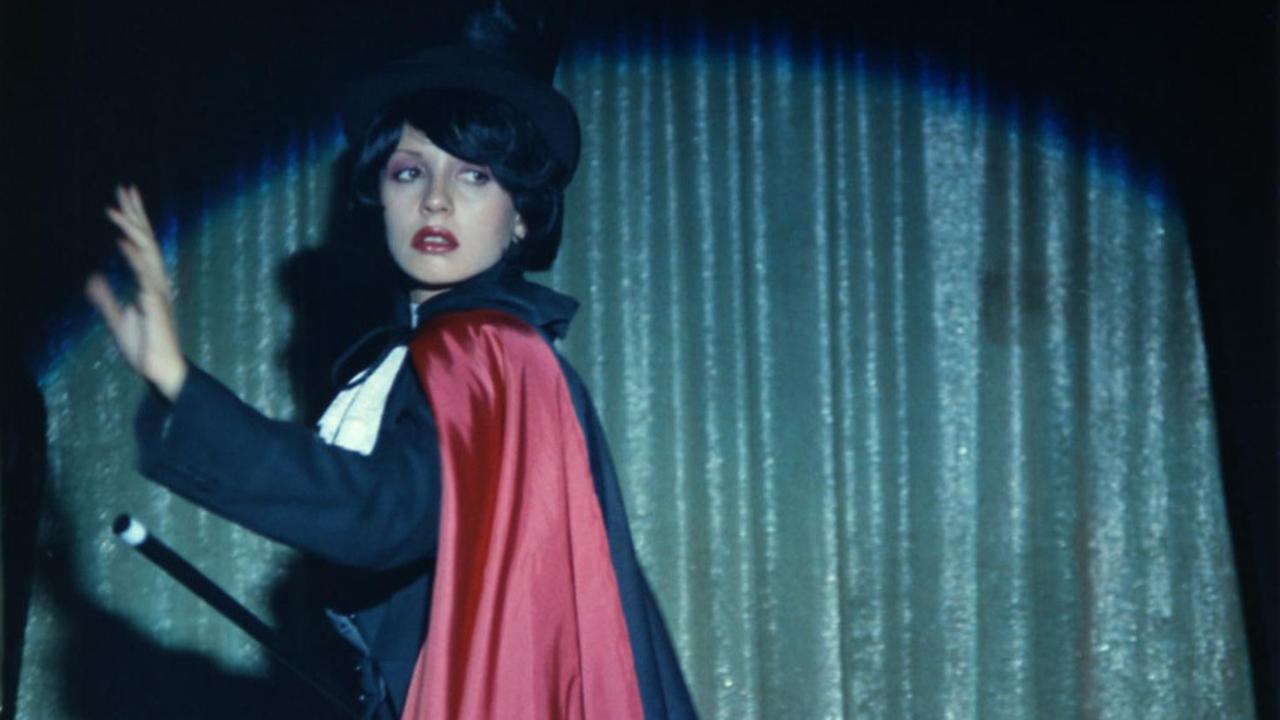
Jacques Rivette is commonly forgotten within the French New Wave due to his late start; even though he was the first to make a film, his debut film was released the latest. This may account for the lack of significant criticism that Jean Luc-Godard and Francois Truffaut seem to have plenty of.
This is all to say that a single viewing of Rivette’s “Celine and Julie Go Boating” would convince any serious film critic that Rivette is an auteur that deserves the recognition that his peers have been getting.
The most obvious sign of Rivette’s greatness is the way he blends his influences into a unique and singular piece of cinema. The way he mixes the controlled plotting of Alfred Hitchcock and Fritz Lang with the flowing mise-en-scene of Jean Renoir is an anomaly that no film has matched since, because the film feels as if it is inventing itself as it progresses.
An example of this is the opening scene where Julie is following Celine, which is a reference to “Alice in Wonderland.” However, this scene unfolds with such liveliness that the mise-en-scene adapts with each frame to capture the breath of the scene as well as the excitement of filming.
Rivette achieves this feeling by allowing his actors to experiment with the scene, which isn’t unheard of, but it is the way Rivette matches the actor’s actions with the actions of his camera that creates the impression of a dance taking place between the two. A dance that Rivette invented and only a few directors since him have been able to achieve.
5. Citizen Kane
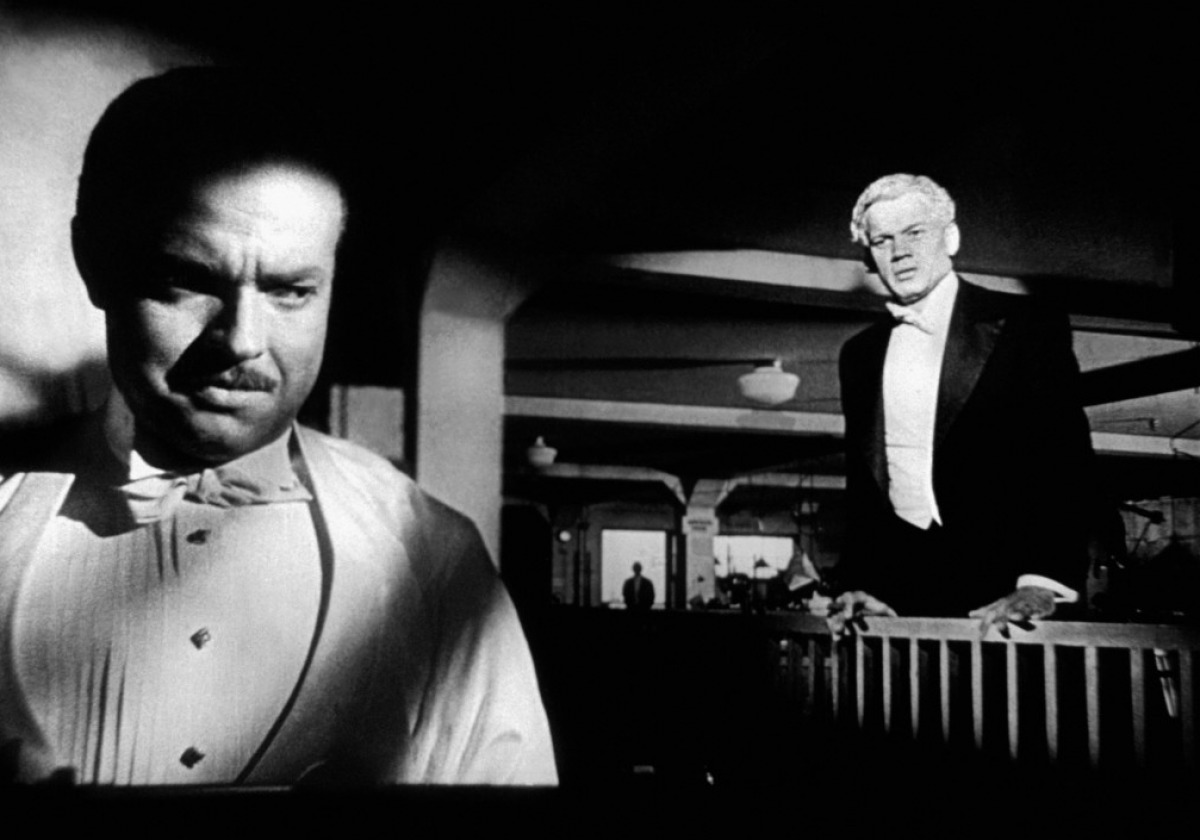
“Citizen Kane” is commonly found on these lists with what seems like useless comments about the film, primarily due to the fact that it has just been announced as the greatest film of all time.
However, there is a legitimate reason why it is considered the greatest film of all time. One of the biggest reasons is stylistic choices, such as the triangular framing of actors, the atmospheric cinematography, the roof shots, and many more reasons that have been expertly analyzed by a few critics.
Two of the reasons that are forgotten in the long list of great things about “Citizen Kane” are the editing and how the themes of the story are captured by the very fact that this story was filmed. The latter is primarily due to the fact that “Citizen Kane,” like Welles’ next film, “The Magnificent Ambersons,” is about the evolution of a society in correlation to the downfall of a man.
“Citizen Kane” is about a newspaper tycoon who once had the world, but managed to lose it. This is perfectly illustrated by the fact that it is a film, since film at the time was the newest way to attain news, which directly led to the downfall of newspapers. In turn, this is subtly shown to the audience during the News on the March scene because if this film had been made at the height of Charles Foster Kane’s power, it would’ve been a book, not a film.
The editing mentioned earlier is perfectly expressed in the opening scene where Kane’s house constantly lurks in the corner of the frame as the shots slowly get closer, until the audience unknowingly is faded into Kane’s bedroom with a montage echoing the style Welles would later adopt in his films like “Othello.”
This montage manages to foreshadow the eventual solution to the central mystery of the film, as well as capture the ecstasy of filmmaking that Welles most certainly felt while making his first film.